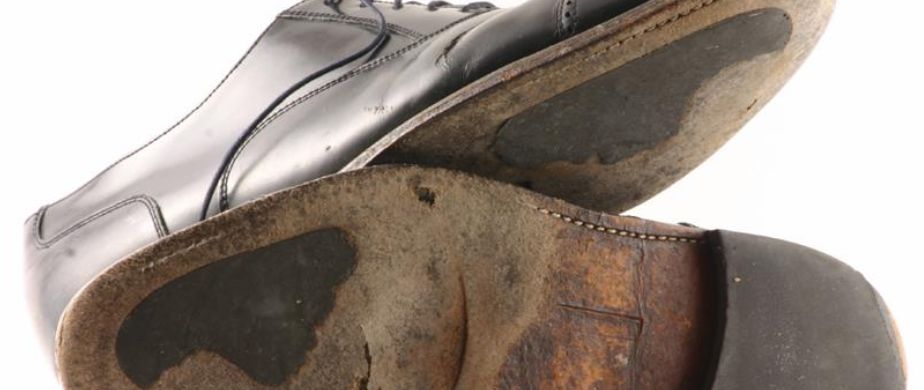Vital Diabetic Foot Care
It’s Foot Health Awareness Month and time for mature adults and folks age 50+ to take a look at the importance of awareness and prevention when it comes to diabetes and how to prevent foot problems.
The Bottom Line
- Neuropathy (nerve damage) is common in people with diabetes, and can cause loss of feeling and numbness among other problems.
- This puts people with diabetes at risk for serious foot disease as they may be unaware of having a wound on their foot.
- To prevent foot disease, clean, moisturize and check your feet for cuts, cracks or blisters every day and never go barefoot.
- Visit your doctor or foot specialist regularly to check for nerve or skin damage and risk of infection.
“People [with diabetes] wear holes in the bottoms of their feet much like others might wear holes in the soles of their shoes,” – Dr. Perry Mayer
The eyes may be the windows to the soul but the feet support all that we are and do and deserve some TLC. That’s true for everyone but especially for people with diabetes.
It is estimated that more than 3 million Canadians live with diagnosed diabetes and considerably more have undiagnosed or pre-diabetes. A major concern for older adults and mature seniors with diabetes is the increased risk of diabetic foot ulcers: open sores or wounds on the feet. People with diabetes are 15 times more likely than non-diabetics to develop a foot ulcer sometime during their lifetime, which left untreated can become infected and possibly lead to amputation or even death. Foot infections are the most common reason Canadians with diabetes are admitted to hospital and an estimated 85% of all amputations in people with diabetes are the result of a non-healing diabetic foot ulcer.
Dr. Perry Mayer, a specialist and authority on diabetic foot care, says several interrelated issues make people with diabetes more prone to foot problems but neuropathy – nerve damage – is at the core. In addition to sensation loss, other symptoms include profound skin dryness, weakness and a loss of balance (2).
“Diabetics with neuropathy don’t feel pain, pressure or temperature,” Dr. Mayer says. “They can step into a tub of scalding hot water without feeling it; in fact, the numbness in their feet makes them feel like they’re cold – to the point that they’ll do things like put their feet directly on a heater and burn themselves.”
How can you prevent diabetic foot disease?
Being aware and alert to the signs and symptoms – loss of feeling, numbness, tingling – is a start, and there are easy ways for patients and family members to test for these changes or signs of infection at home. But as Dr. Mayer points out, diabetes is often described as “the disease of no symptoms” because people don’t notice them in the early stages and by the time they do, the condition has taken a considerable toll.
That is why he advises everyone with diabetes to check, clean and moisturize their feet every day, and be on the lookout for cuts, cracks, blisters, dryness, thick toenails, discoloration and open wounds. He recommends wearing proper fitting shoes and “never, ever walk around barefoot!” This advice is backed up by published guidelines on managing and preventing foot problems for people with diabetes.
Dr Mayer also recommends regular screening from a doctor or foot specialist for all people with diabetes, along with careful monitoring and maintenance. “The good news is that research indicates up to 85% of diabetic foot amputations can be avoided”. New ways of measuring a patient’s risk for foot ulcers can now help doctors better predict and prevent them, but often doctors do not screen for or notice foot ulcers before they become a big problem, meaning that the patient has a big role to play in preventing foot ulcers. As Dr. Mayer states, self-care to prevent and treat foot ulcers “will ultimately help save their lives”.
Vital Diabetic Foot Care article source Diabetic foot care: Awareness and prevention are vital by McMaster Optimal Aging Portal
 Visit the McMaster Optimal Aging Portal online at www.mcmasteroptimalaging.org for more information. The Portal is a free website for seniors that provides evidence-based information about healthy aging.
Visit the McMaster Optimal Aging Portal online at www.mcmasteroptimalaging.org for more information. The Portal is a free website for seniors that provides evidence-based information about healthy aging.

